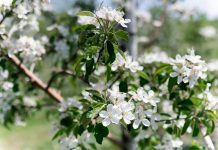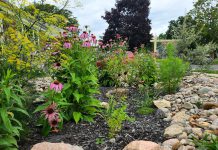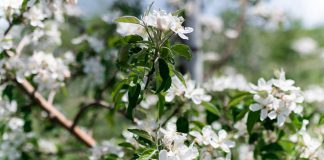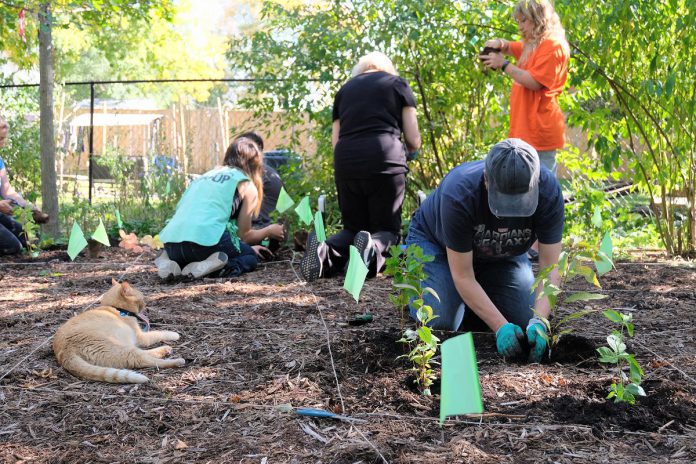
The first time I planted a tree was in high school. It’s still growing 25 years later. When I walk by, it brings me joy to see those trees I helped plant create beauty and shelter in what is now a daycare yard. Do you remember the first time you planted a tree?
At a tree planting event GreenUP held fall 2023, I recall overhearing one volunteer saying to another, “you’ll find this (tree planting) becomes addictive!”
Emily Amon, director of green infrastructure at Green Communities Canada (GCC), knows that tree planting project ideas are spreading across Canada. One idea Amon speaks to is the idea of a ‘tree equity score’. This score indicates areas which need to have greater priority for tree planting events. Using the scoring system, neighbourhoods and communities with the greatest need can benefit from these urban trees during times of extreme heat.
“Across the country there is a movement to grow the urban canopy, contributing to local biodiversity, carbon sequestration, and urban cooling — and improving tree equity for all,” explains Amon.
In regards to tree planting projects, Amon says, “The power of these projects lies far beyond the environmental impacts of the initial planting. Volunteers feel empowered by taking direct action to address climate change and their connection to nature is fostered as these little forests grow.”
This knowledge is not new. Dorothy Taylor is an Indigenous Knowledge Keeper from Curve Lake First Nation. She says, “Global warming has forced us into thinking in more innovative ways to act on climate change.”
“Native people have always worked with the land itself by acknowledging that the land and water is in balance. Without water, there are no trees. Without trees, no fresh air and more soil erosion. Everything is connected. We have to return to balance by recognizing how integral the connection is between trees, lands, and the water to meet the future demands of global warming.”
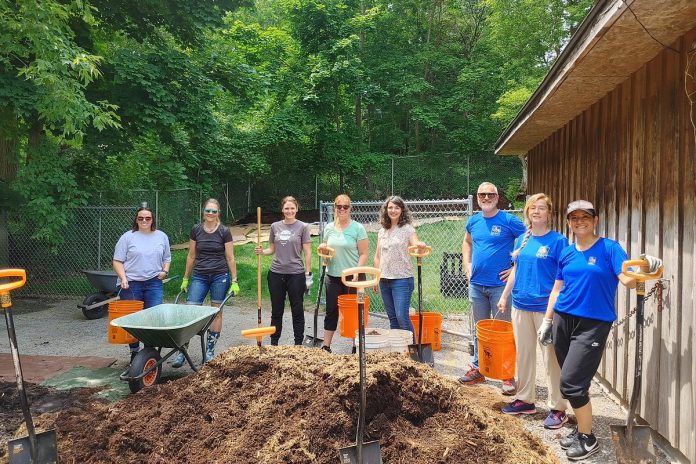
Elder Dorothy reflects on her ancestry, and how her father and grandfather were employed in the original lumber business in the area.
“Forests were cut down to build houses,” she says. “Back then, we were a slash-and-burn society. Now, this is no longer sustainable. Instead of cutting, it’s time to plant.”
Last year, many communities across Canada planted little forests. In 2023, GCC reported 6,000 trees being planted across 16 little forests. Little Forests Kingston continued their impressive work planting 2,695 trees across five little forests and 12 pocket forests.
Here in Peterborough, Kawartha Land Trust tended to their little forest at the Dance Nature Sanctuary. At Camp Kawartha Environment Centre, a small little forest was planted. And, with generous community contributions, in 2023, GreenUP was thrilled to support the planting of 360 trees across three little forests.
“I’d heard about the concept,” says Josephine Archbold, a GreenUP Little Forest host from 2023. “I wasn’t sure if it was something that could work here. I am in the process of trying to rid my gardens of invasive plants, replacing them with native plants and trees.”
Like many, Archbold is motivated to do whatever she can to address climate change and biodiversity loss with the resources that she has. But, also like many of us, she gets stuck in the research and decision-making part of the process.
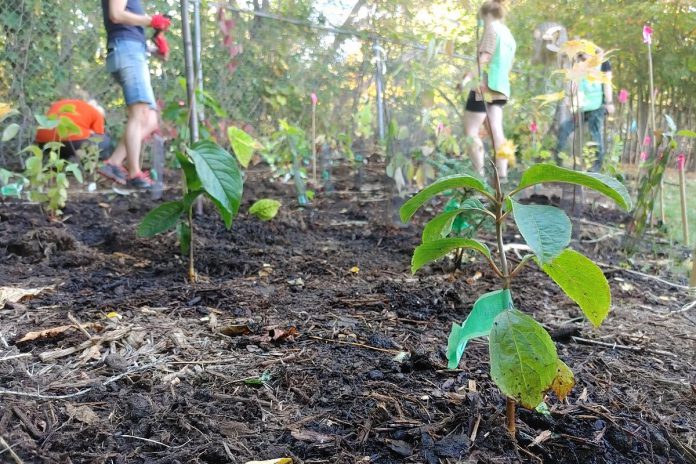
“GreenUP’s (Little Forest) program came at the perfect time and catapulted me over those barriers,” Archbold says. “Planting the little forest in my backyard was a really fun process and a great way to engage my friends, family, and neighbours. It has been such a delight to check on my baby trees and shrubs over the fall and winter. And it’s been a wonderful way to engage my kids on the idea of making a difference and fostering a sense of connection and community with the natural world.”
In a recent poll, we asked people why, like Archbold, they are interested in planting a little forest in 2024. The top responses were “I want to create habitat in my yard” (13 of 15 responses) and “I have the space and want to put it to good use” (12 of 15 responses).
GreenUP is grateful that there are so many people in the community who want to take environmentally healthy sustainable action.
New to 2024, GreenUP will support the community in planting their own little forests with a bit of coaching and a purchased kit of trees and supplies.
Little Forest Kits will include all that is needed to start a little dense forest ecosystem. This includes soil amendments like compost, mulch, and beneficial microbes, as well as a selection of trees and shrubs representing species from a local mature forest habitat.
Participants will receive guidance from GreenUP staff and connection to other Little Forest growers.
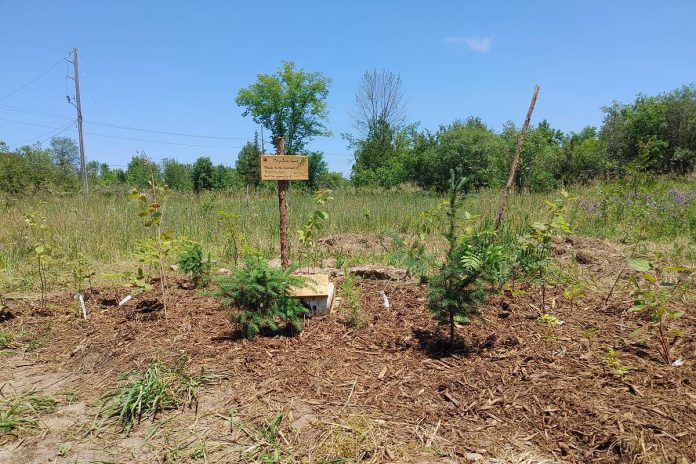
Madeleine Endicott is a resident interested in participating in GreenUP’s new Little Forest Kit program.
“Our goal with a little forest is to maintain and grow the tree canopy in our community but include the understory species with it to make it a healthier and more complete ecosystem,” Endicott explains. “One of the reasons we wanted to buy our house was the number of trees in the backyard. In the four years we’ve been here, three trees have come down in storms.”
For Endicott, planting trees “will provide environmental services like absorbing carbon, providing shade and absorbing excess water to help prevent flooding”.
“In addition to stewarding this little forest, we want to have a place for children to go and hide out, exercise their senses, and breathe in the fresh air,” she says. “We believe this will help everyone in our family and community connect with nature more often and be calmed and reassured in the presence of trees.”
Both Endicott and Archbold wanted to take action and knew that planting trees was a great way to do just that.
I personally just celebrated the spring equinox. On this day, I continue to reflect on the trees I planted many equinoxes ago. In my work here at GreenUP as program coordinator of the Little Forests program, I am excited to support members of my community to plant many more trees in the seasons ahead, so they can look back on their own plantings just like I am able to do.
GreenUP encourages those who are able to consider planting a Little Forest Kit this season. Email laura.keresztesi@greenup.on.ca for more details on availability.


